Hz2020
Member level 3

Hello Guys,
This is my 15V 10A Hlaf Bridge SMPS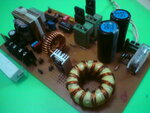
Here are some measurements and the schematic

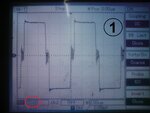

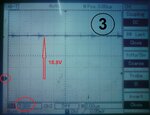
this project is not completed, as it has no feed back.
i can adjust the output voltage using the dead time control of the tl494.
Before listing my problems, Any Notes about the scheme or the circuit ?
Now, my problems are:
1) The Output Filter "LC".
The output of the PS suffering from some ripples and i cant eliminate them using the filter circuit
i tried to use the formulas of output filter of my book "POWER SUPPLY COOKBOOK Marty Brown"
but there are alot of ripples in the output.
can i use snubber circuit across the transformer secondary side to solve this problem? or what can i do to solve the problem?
2) The feedback
i tried to make isolated feedback but there are some problems.
I prefer to solve the first problem before starting the 2nd problem details.
thanks in advance,
Hz
This is my 15V 10A Hlaf Bridge SMPS

Here are some measurements and the schematic




this project is not completed, as it has no feed back.
i can adjust the output voltage using the dead time control of the tl494.
Before listing my problems, Any Notes about the scheme or the circuit ?
Now, my problems are:
1) The Output Filter "LC".
The output of the PS suffering from some ripples and i cant eliminate them using the filter circuit
i tried to use the formulas of output filter of my book "POWER SUPPLY COOKBOOK Marty Brown"

but there are alot of ripples in the output.
can i use snubber circuit across the transformer secondary side to solve this problem? or what can i do to solve the problem?
2) The feedback
i tried to make isolated feedback but there are some problems.
I prefer to solve the first problem before starting the 2nd problem details.
thanks in advance,
Hz

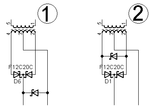
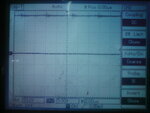
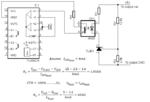


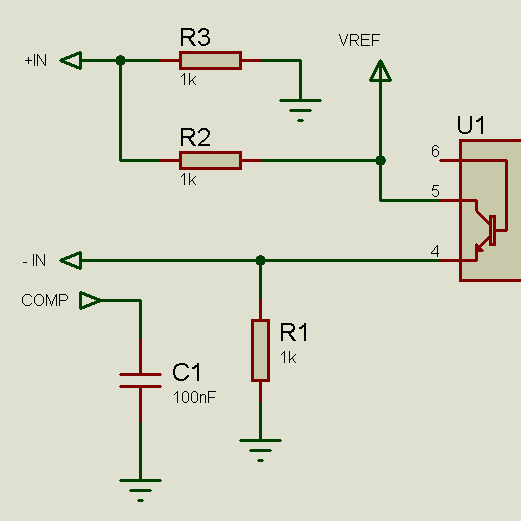


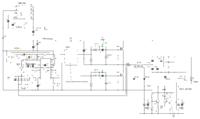

![DSCN3713 [Desktop Resolution].JPG](/data/attachments/27/27415-ff1f9ce71c74876699438d0cd147f46e.jpg)

